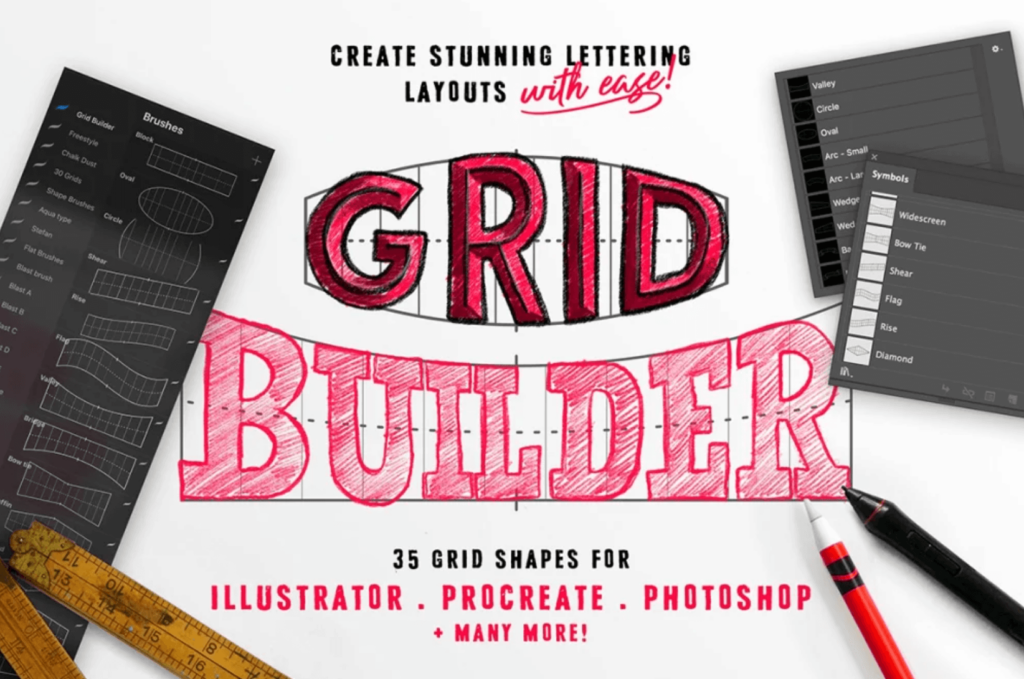Imagine you’ve got 3 hours to teach your students everything you possibly can about visual communication. Ok, that won’t work.
Imagine trying to teach them as much as they can handle. That’s better. But then they’ll have questions.
I started writing down all the really good questions, the ones that required long answers, the ones that I simply couldn’t answer in class, etc. Here’s another from that list.
Designers shouldn’t work for free. Nobody should work for free.
Or maybe you should? Does this negate the first thing I wished I knew when I started – do all the work?
There are tons of blogs that go back and forth about strategically working for free, spec work, never working for free, pricing yourself based on all sorts of factors, etc.
When you’re a student, you’ll be tempted to work for free cause you’re new and you don’t really know what your worth, and you just want the experience to put in your portfolio.
This is a make or break moment, so don’t blow it! No pressure at all…
If you work for free, people still expect high-quality work, and they want it just as quick as if they paid for it. If you work for dirt cheap, you’ll mess yourself up down the line because that client will spread the word about you and your good work.
Wait, that’s not a good thing?
It might be, but chances are, they’ll attract more clients that don’t have the money to pay you what you’re worth, and then it becomes a vicious cycle filled with lots of late nights, lubricating eye drops, and Top Ramen.
I don’t want that for you!
Mind you, this isn’t a black and white thing either. It’s also one that requires a lot of thinking and budgeting to see what you’re really worth to yourself. The one thing I can say I’ve learned works well: if it’s work for friends/family, you should either:
- Not do it, cause it can end poorly and sever a relationship that’s far more valuable than the money or project.
- Do it for full price, and treat them like you would any other client. They’ll expect pro work and fast turnarounds like anyone else, why shouldn’t their expectations and pricing be aligned?
- Do it for free. I know I know. I’m contradicting myself, but wait. Do it for free, and tell them very plainly that it’s going to be on your terms. It’s in your spare time, at your pace. It’s a gift.
This way, they won’t be bothering you, and you get the experience aaand get to help out someone you love. I learned this the hard way, but I’ve found it’s a great way of handling things.

As I contradict myself further, the other time it might be wise to work for free is when it’s strategic.
It should be fun work and on your own terms, and if possible, for a person or business that you really want to do work with. Like I mentioned in a previous post about inventing your clients.
If I had a shot to do work for some big client, gain worldwide exposure, and benefit from the clients that came of it, I might consider it. My uncle’s sandwich shop is not going to do this for me, and I know that. (I’m beginning to think I should write an entirely contradictory post on when it’s a good idea to work for free and elaborate on this a bit.) Despite these things, designers shouldn’t work for free.
Also, volunteering might be different. If you want to go help out some non-profit or serve on a team at church, I think that’s another story altogether. You’re not being paid in dollars, but you’re becoming rich in significance. Helping people out is a good thing, and I promise you, it’ll come back 10 fold. It has for me.
But somebody’s hand-knitted sweater shop on Etsy isn’t the same as helping homeless people get a meal or a kid meet Jesus. Despite this too, designers shouldn’t work for free, just as a rule of thumb. We all know rules are meant to be broken. Sometimes. So I had to share when I break the rule.
BUT, back to the point at hand, don’t work for free! Maybe you’re not sure what you’re worth. That’s ok – we’ve all been there before.
Do your math on what your time is worth. How much does it cost for your computer, your bills, your software, etc. and figure out how much your time is worth. Meanwhile, measure how long it takes to finish XYZ project and then start multiplying. Boom. You’ve got a starting point for pricing. Again, this could easily turn into another blog on it’s own. (I’m on a roll today!)
Ultimately working for free will harm you long term. Have the confidence in yourself and your skills to just say no to the project. Every other client you work with will tell you something like “I have lots of friends. This will be great exposure for you.” That’s cool. I’ve never had a single one of these clients yield a client. Not once. They can pay for work and refer you clients, I promise. Feel free to tell them that, just be nice.
You’ll learn some of this with time and with painful experience, but hopefully you can learn from mine. Which brings me to the next thing I wish I knew when I first started off in the design field: teach yourself!









